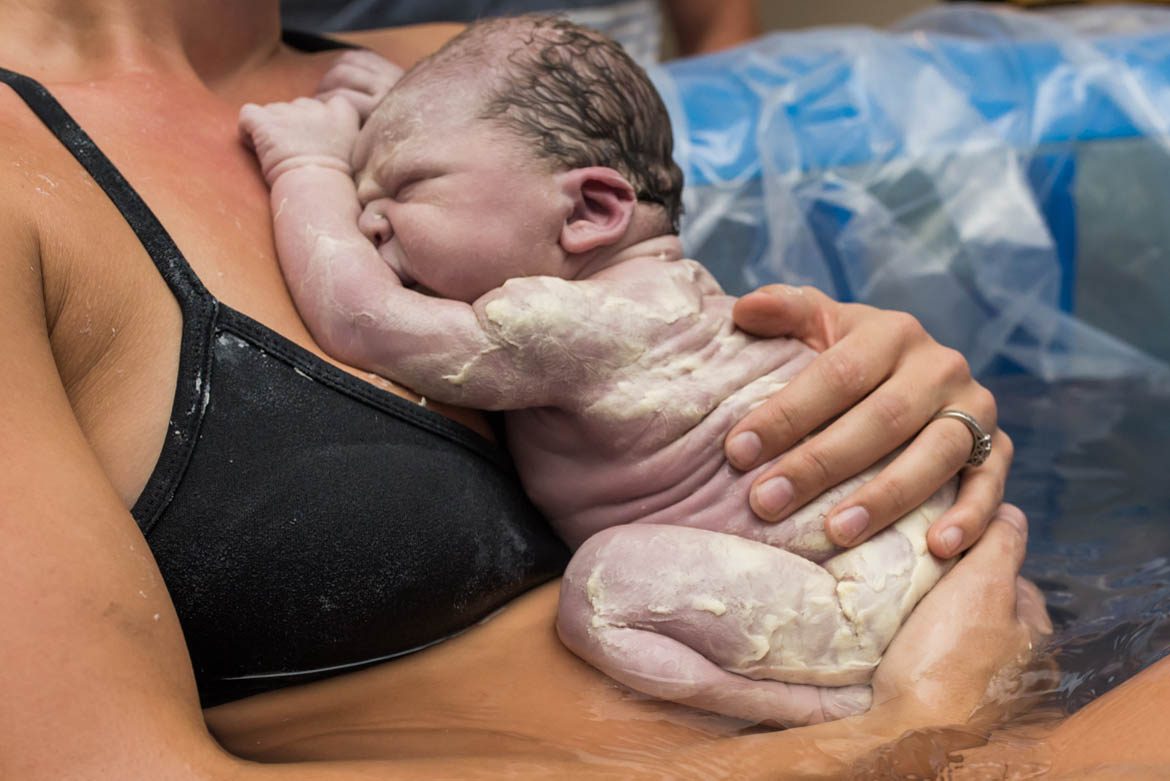By Hannah Schenker
The big day has finally arrived. You’ve been preparing for this moment for the last nine months, you’ve laboured and laboured and you are so ready to meet your beautiful little baby. But what’s this thick, white, cheese-like layer coating your baby’s skin? This is Vernix Caseosa, and while it may not look that appealing, it’s there for a reason. Before anyone rushes to wash it off, find out what it is and why you should actually rub it in instead.
Vernix starts forming on your baby’s skin at around 27 weeks gestation – the third trimester – and is there to protect your baby’s skin from the amniotic fluid while allowing their skin to continue forming. It prevents the loss of electrolytes and fluids and acts as a microbial barrier while insulating baby and helping maintain a comfortable temperature in the womb.
At the time of birth, the vernix itself actually is made up of about 80% water, among many other beneficial components. Scientists have discovered lipids, amino acids, proteins, antibacterial, and antimicrobial compounds within the vernix layer. Humans appear to be the only animal species that produce this marvellous stuff.
This natural “skin cream” protects your baby from harmful bacteria and pathogens in utero, then acts as a lubricant which aids delivery, and again protects from harmful bacteria and meconium exposure as baby enters the world. There is potentially a benefit to mama as well – as the vernix rubs off onto her skin as she births her baby, there is some suggestion that vernix may aid healing and skin repair. Once out into the bright lights and cold air of their new world, vernix acts as an insulating layer again; babies whose vernix is washed off immediately have a higher rate of heat loss. Vernix also smells like mama – the immune proteins found in vernix are actually similar to those in breast milk, which will help with bonding between baby and mama and aid breastfeeding. If your baby has a longer gestation, you might find very little or no vernix as it’s already been absorbed in the amniotic fluid.











